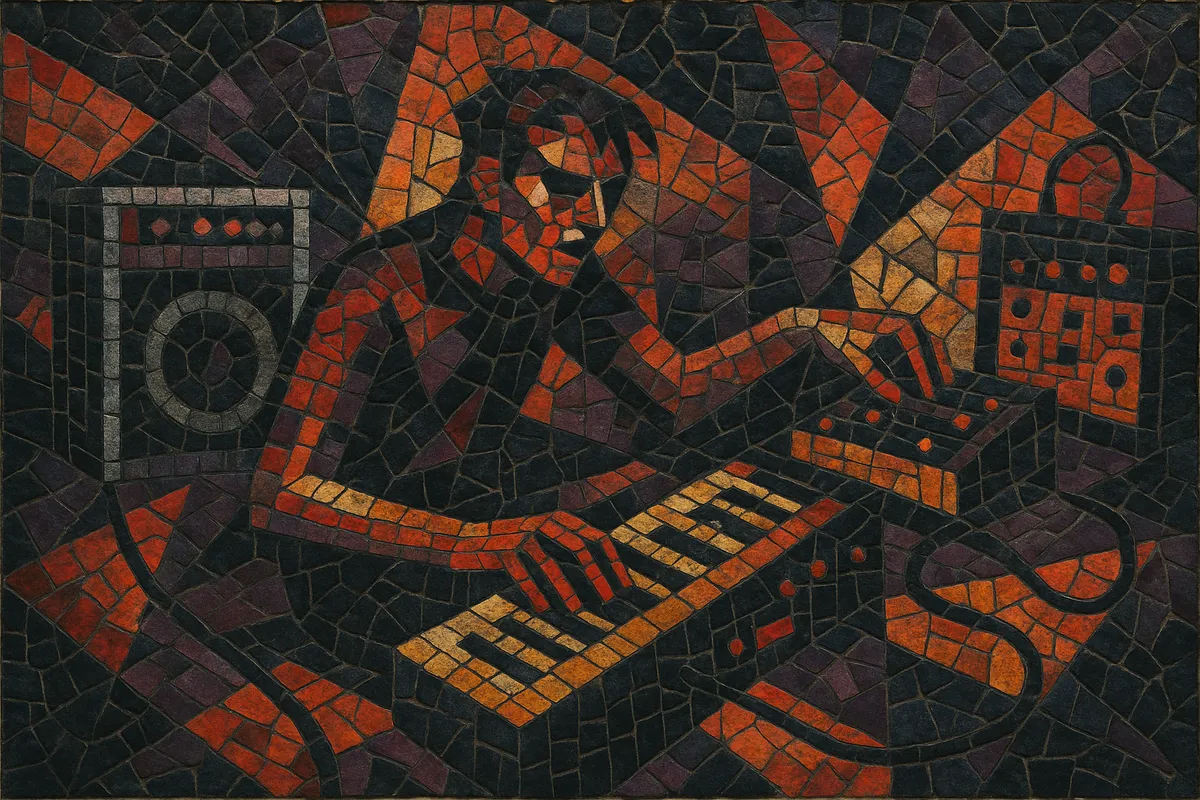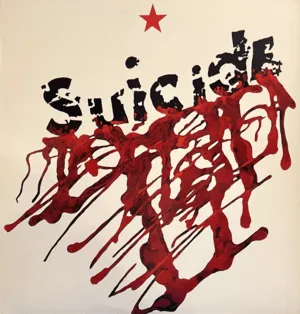
Synth punk is a raw, high‑energy fusion of punk’s velocity and attitude with the abrasive, synthetic timbres of analog keyboards, drum machines, and noise gear.
Instead of guitar-driven riffs, synth punk typically foregrounds distorted monosynth bass lines, cheap combo organs, or primitive sequencers pounding out repetitive patterns at punk tempos. Vocals are often shouted, sneered, or delivered deadpan; lyrics skewer consumer culture, media saturation, technology, and urban alienation.
Production values tend toward the minimal and DIY: overdriven inputs, tape saturation, room mics, and purposeful crudity. The result is a confrontational, mechanical churn—danceable yet hostile—that helped open a direct line between punk, early industrial, and later synth-oriented underground scenes.
Pioneered largely in the United States, synth punk coalesced when punk’s anti-virtuosic ethos met affordable electronic instruments. In New York, Suicide applied brutal drum-machine pulses and organ drones to punk minimalism, while on the West Coast The Screamers and Units swapped guitars for synths, projecting a stark, media-savvy aesthetic. Parallel currents emerged in Europe: France’s Metal Urbain fused drum machines with scorched guitars; in the UK, The Normal’s 1978 single "Warm Leatherette" (on Mute Records) crystallized the style’s icy, dystopian sensibility; in Germany, D.A.F. drove a percussive, body-music slant.
Elements of synth punk bled into early industrial (Throbbing Gristle, Cabaret Voltaire), minimal wave, and new wave scenes. The “guitars-out, machines-in” attitude normalized drum machines and monosynths in punk-adjacent circles, setting the stage for synth-pop’s mainstream ascent while keeping a harsher, DIY variant alive in the underground.
A clutch of lo-fi, cassette-trading bands revived the style’s snotty immediacy (e.g., Lost Sounds), while electroclash and dance-punk adopted synth punk’s sneer, repetition, and hard edges for clubs. Independent labels and reissue culture canonized early pioneers, revealing the style as a missing link between 1970s punk and numerous electronic subcultures.
Synth punk’s legacy is twofold: it legitimized electronics as primary punk instruments and it codified a minimal, aggressive, machine-driven songcraft that fed into industrial, dark wave, minimal wave, electroclash, and strands of synth-pop and dance-punk. Its enduring DIY spirit continues to inform contemporary hardware-based live sets and raw electronic performance.







